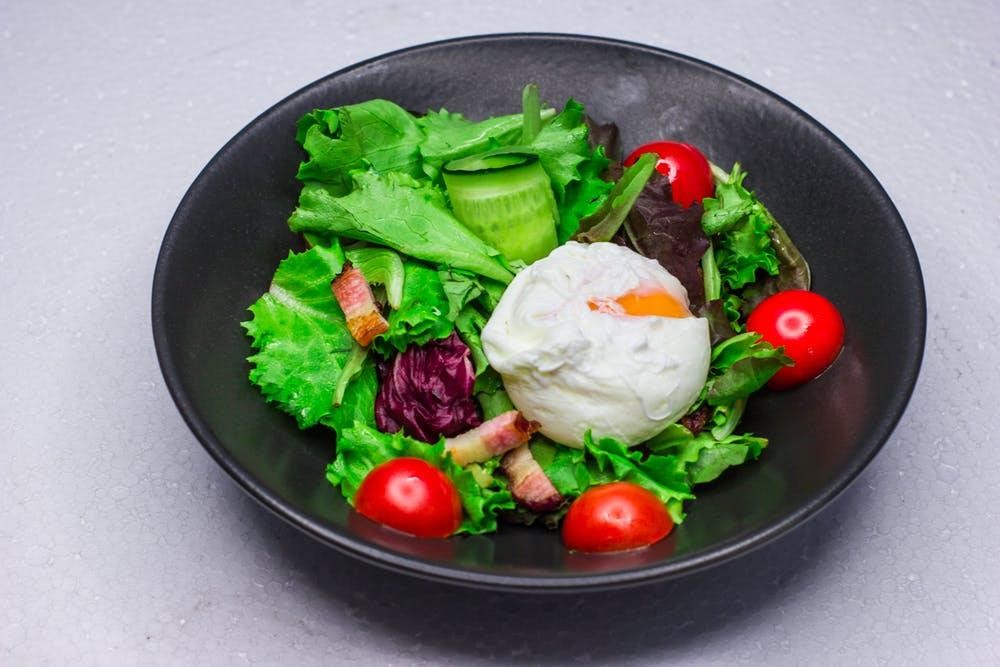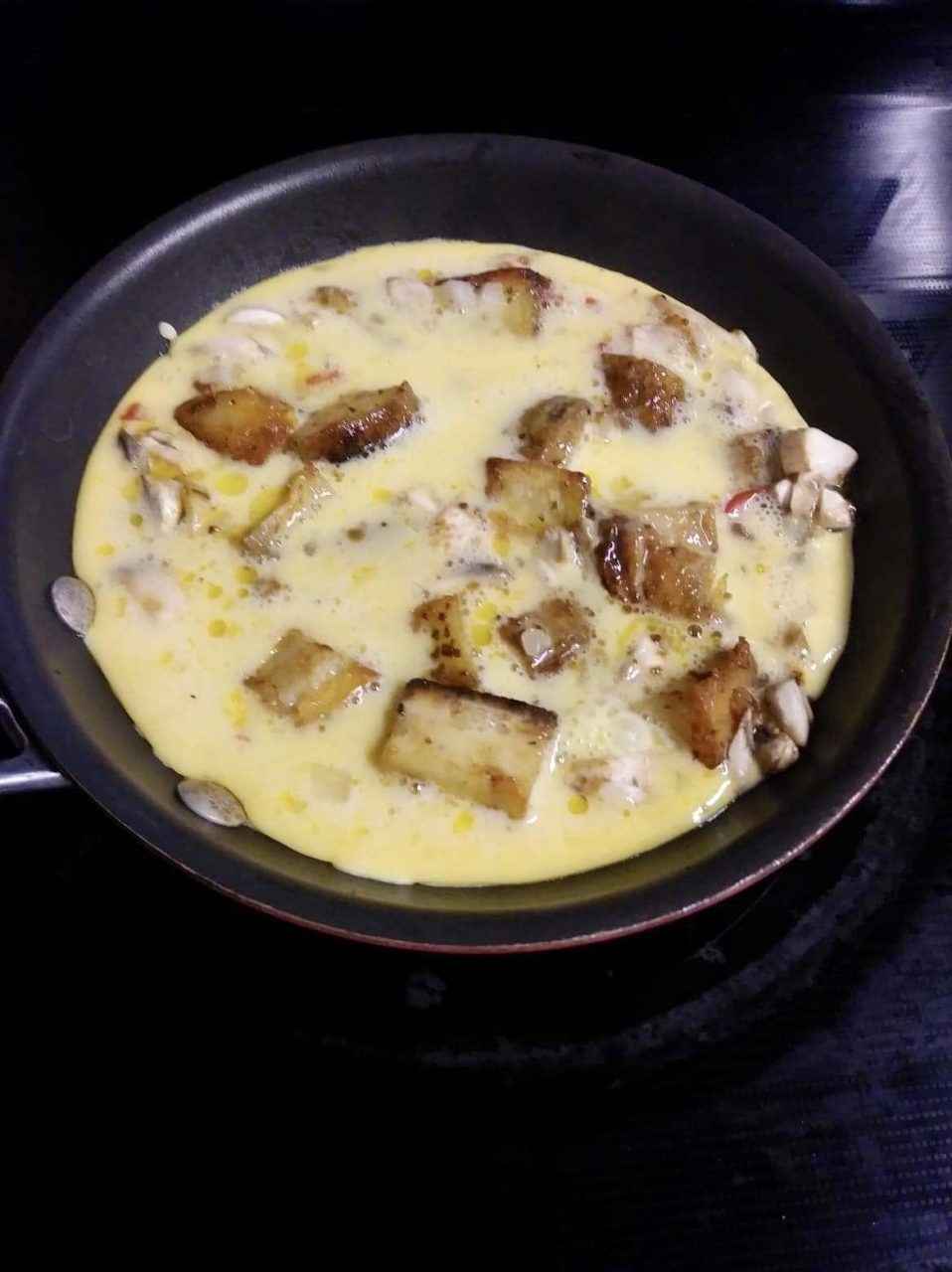

Eggs can come from several sources including reptiles, mammals, amphibians, fish, and of course, birds! All bird eggs are labeled edible except for wild pitohui and the blue-capped ifrit. In fact, in some cultures around the world, incubated duck eggs (called balut) are a delicacy and eaten raw and whole. Reptile eggs are also labeled as edible. Though, turtle eggs and crocodile eggs are the most popularly eaten. Humans also can consume fish eggs which are called caviar. But, I am interested in uncovering the facts about the most popular type of egg, the chicken egg!
Types of chicken eggs

Chickens lay both brown eggs and white eggs, both are hard-shelled. Red chickens have reddish-brown feathers with red earlobes. These chickens lay brown eggs. Then, there are white chickens. White chickens have white feathers and white earlobes. These chickens lay white eggs. Brown eggs are almost always more expensive than white eggs when purchased from a grocery store or farm. Why? Red chickens are larger than white chickens. As a result, red chickens require more food which jacks up the price of their eggs.

Eggs from free-range chickens (whether red or white) are also more expensive than eggs from caged chickens. This is due to free-range chickens requiring 10-20 times the amount of labor and feed. Another factor to consider is the mortality rates if free-range chickens. Allowing chickens to roam the farm freely is far more humane than keeping them caged. However, they are subject to predators and if caught, end up costing the farmers in financial loss.
Nutrition
Nutritionally speaking, brown eggs and white eggs are completely alike. Eggs are high in cholesterol which was once thought to be a negative quality to this breakfast food, especially seeing as they are the 7th highest cholesterol food. However, recent studies have shown that eggs are high in HDL cholesterol which is thought of as “the good cholesterol”.
If eggs are cooked at a lower heat and for a short time then their nutrients will be retained rather than cooked out. Eating raw eggs are thought to be the most nutritious form of eggs, although the consumer may be given salmonella. To about this, poaching or boiling the eggs are the best ways to retain the most nutrients without contracting salmonella.

My recipe for a breakfast wrap
After reviewing the information I found and discussed above, I decided to provide some insight and a recipe. While the research finds that there aren’t any real differences between brown eggs and white eggs, I do feel as though brown eggs cook better and taste better.
Breakfast wrap
- 2 brown eggs
- 2-3 tablespoons for egg beating
- 3-4 white-capped mushrooms chopped as desired
- Red bell peppers chopped as desired
- 1-2 potatoes, cubed
- Salt and pepper to taste
- 1-1.5 tablespoons of oil for frying (I use olive oil, sunflower oil blend)
- Onion chopped finely, if desired
- Soft tortilla wrap
- Sauces and cheeses desired

- Add oil to frying pan
- Once heated, add onion, potatoes, mushrooms, and peppers
- Cook until nearly done
- In a bowl, beat the eggs and milk
- Add salt and pepper to taste
- Once beaten, pour mixture into frying pan over already frying ingredients
- Allow egg to cook completely through, medium to low heat and covered
- Once the top of the egg is no longer liquid you may add additional desired seasoning, cheese etc
- Prepare tortilla wrap while cheese is melting by warming it in the microwave for 30 seconds or less
- Add desired sauce(s) before adding contents of frying pan to the center of the wrap
- Fold bottom up then each side
- Serve and enjoy